The world's true cradle of chocolate
There are nearly a dozen artisan chocolate companies in Belize taking cacao from bean to bar, part of a robust movement to reclaim the small country's rich chocolate heritage.
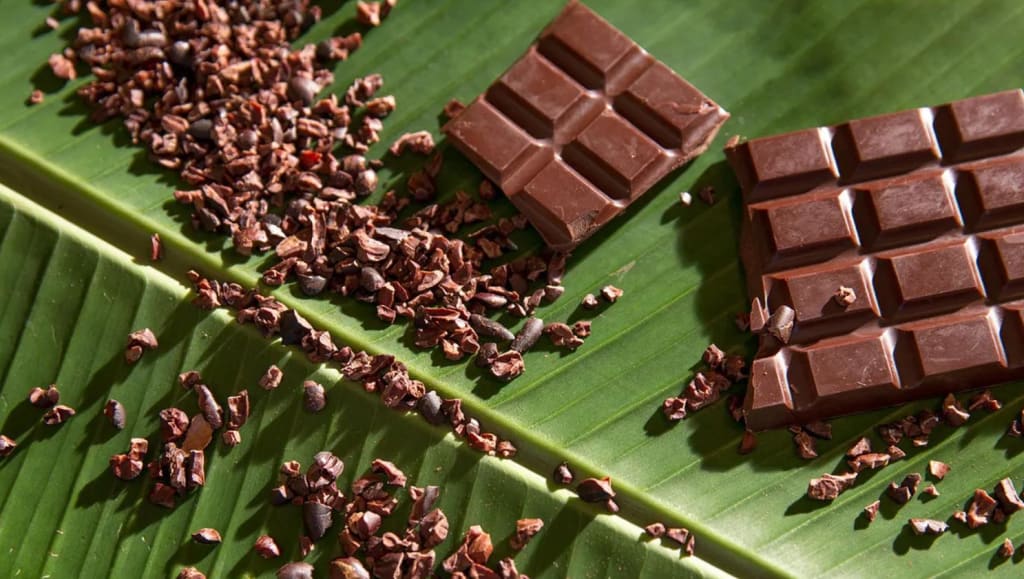
The earthen road is a great sweep of brown that slices through the rural landscape of southern Belize. The surface is pitted and pock-marked, lumpy enough that it looks like a nutty chocolate bar. So, it's only fitting that this path leads to Abelina Cho, known to many as the "Chocolate Queen".
When we met, she was apron-clad in the kitchen, where she cooked with no recipes and presented the type of feast she makes whenever visitors come: shredded hearts of palm with turmeric root, tender sauteed greens, tomato salad, beans, coconut rice, spiced chicken, a heaping bowl of fried plantains. And of course, chocolate. On this day the Chocolate Queen prepared it in 14 different styles, including chocolate with cardamom, a chocolate liqueur and a hot ceremonial beverage.
Cho lives in San Felipe, a village of 330 households and five churches. It's located within the Toledo district, Belize's agricultural centre, where bountiful crops include bananas and corn. Here, the soaring rainforest trees make leafy jungle canopies, the rivers run clear and thatched-roof houses of Maya families dot the hillsides. This is also the cradle of chocolate.
Cacao – the principal ingredient for chocolate – was both consumed and used as currency by ancient Maya royalty and political elites throughout the historical region of Mesoamerica, which included southern North America and most of Central America. But not all those areas were suitable for cultivating cacao.
Archaeological evidence points to Belize as the earliest hub of cacao cultivation, where Maya were drinking cacao beverages as far back as 600 BCE. Spouted ceramic vessels that look like ancient teapots, excavated intact at the archaeological site of Colha in Belize, still contain cacao residue. Cacao wood charcoal dating to the same period (600 BCE to 250 CE) has also been found at several sites throughout the region. (Cacao usage can be traced back even further to the Olmecs of southern Mexico around 1500 BCE, but it's unclear how that civilisation consumed it, and it's the Maya who are credited with fermenting, drying and grinding the beans for consumption.)
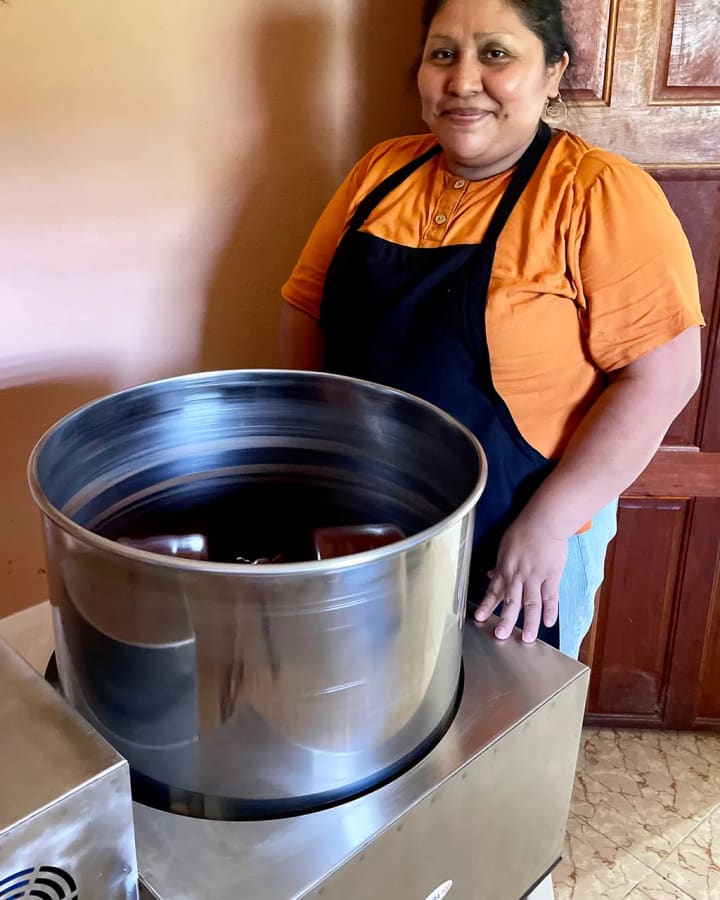
Although cacao has been around in some form for millennia, for Cho and other small-batch producers, it's also very much a part of the present – and a key to the future.
Cho, along with her husband, Juan, are the owners of Ixcacao, a small-batch chocolate company that celebrates chocolate the way Maya have enjoyed it for ages. This chocolate is not milky or sugary sweet. It's as dark as midnight. At first bite, the confection is solid, but it melts with a surprising silkiness and fine texture. Then comes the wallop of flavour, bitter and rich like freshly brewed black coffee, with a lingering fruit-like aftertaste.
Cacao is so important to our culture that it is our culture. You cannot separate it.
"Cacao is so important to our culture that it is our culture," she said. "You cannot separate it."
Though these rainforests are chocolate's origin story, once cacao was brought to Europe in the 1500s, colonisation shifted the narrative to European chocolate manufacturers instead. Over time, the confection became more closely associated with countries like Belgium and Switzerland rather than the places that produced the beans. But the Maya in Belize never stopped making chocolate, and the trees continued to bear fruit.
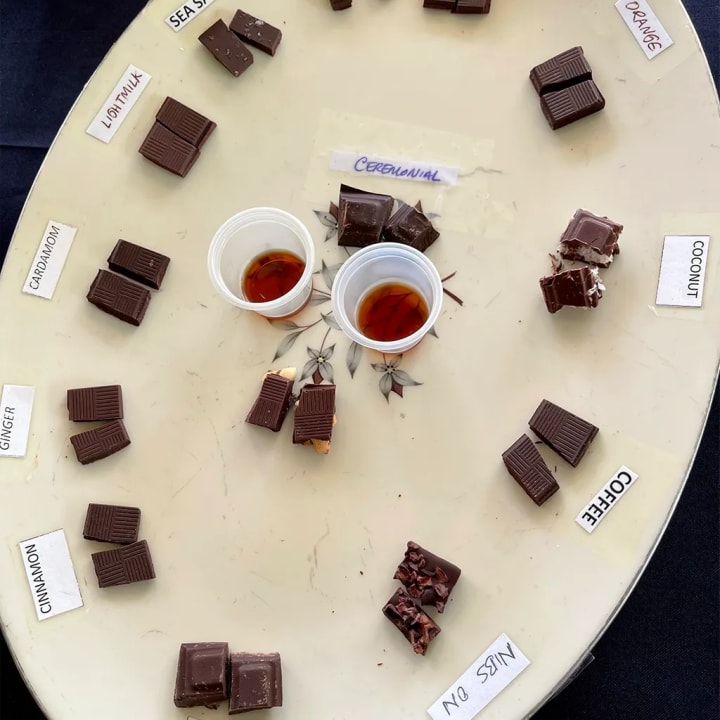
More recently, the lens has turned back toward Belize a couple times. US-based Hershey had a presence here from the 1980s to the early 1990s, then abandoned the project when the price of cacao dropped. In 1994, Green & Black's (now owned by Mondelez International) created Maya Gold – organic, fair-trade chocolate bars with cacao sourced from the Toledo district – but manufactured in other countries.
Now, there are nearly a dozen artisan chocolate companies in Belize taking cacao from bean to bar, part of a robust movement to reclaim the small country's rich chocolate heritage. What's notable about this effort is that the focus is squarely on Belizean growers, producers and makers, who are making exquisite chocolate using traditional methods, drawing upon a long Maya history. (They are Ixcacao, Cotton Tree Chocolate, AJAW Chocolate, Cheil Mayan Chocolate, Goss Chocolate, Belize Chocolate Company, Lamanai Chocolate, Dragon Chocolate, La Especial Chocolate, Moho Chocolate Company and Copal Tree.)
To bring high-quality cacao beyond Belize's borders, two major suppliers, Maya Mountain Cacao and the Toledo Cacao Growers Association, work directly with hundreds of small farms to source premium, organic beans. Their efforts have nearly doubled the amount of cacao exports within the past five years. Internationally, Maya Mountain Cacao has received acclaim for its innovative methods that centralise the post-harvest processing, streamlining production and increasing market access for growers. In this direct trade model, the farmers sell "wet" (unfermented) cacao seeds to Maya Mountain Cacao, then the cacao is fermented and dried in a central location, allowing for higher quality control, a consistent product and more revenue for the farmers.
All of this is to say: chocolate in Belize is having a moment. The annual Belize Chocolate Festival will soon return after a two-year hiatus. Many luxury resorts, like the Lodge at Chaa Creek, boast chocolate-themed facials, massages and body wraps on their spa menus. And a growing number of tour operators and cacao farms offer chocolate experiences for visitors.
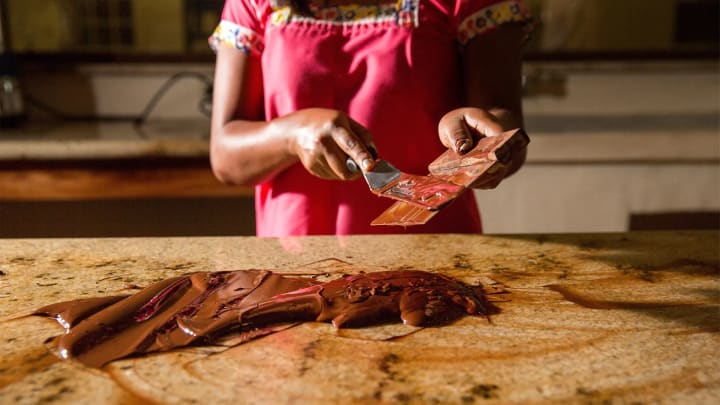
Ixcacao was among the first to host such tours. When I visited, Juan, a fifth-generation farmer, walked eagerly around his plentiful acreage. Despite the crushing humidity, he moved with such energy that it looked like someone was pulling him forward with a hook.
On the farm, the cacao trees weren't planted in neat rows or grouped together. No land was cleared. Instead, it was a mélange of trees and plants, tangles of vines, abundant ferns, blooming orchids. The bilimbi trees overflowed with green, thumb-shaped sour fruits. Spiky jackfruits grew to the size of basketballs. Allspice bushes burst with shiny purple berries. The bird peppers were just starting to ripen, turning from green to orange to red in the unwavering sunshine.
Chocolate will save the rainforest!
Juan knows every plant. As he moved, he plucked leaves from bushes, crushed them and inhaled the scent. He ripped bark from the cinnamon tree and pointed to tiny cashew apples on another tree. "Chocolate will save the rainforest!" proclaimed the slogan on his T-shirt.
The Chos, like many Maya farmers, are proponents of sustainable agriculture and employ indigenous permaculture principles. Their land is such a model of biodiversity, university students from all over the world visit the farm to learn from them. At the cornerstone of their belief system is that cacao trees, with their shallow roots, prevent erosion and enrich the soil for native fruit trees and other crops.
"When we talk about chocolate saving the rainforest, it's not a gimmick," Juan said. "These are the sustainable practices that keep our community strong."

Everything that goes into Ixcacao chocolate, from cacao to vanilla to sugar, is sourced right here on site.
Around us, cacao pods dangled from low tree branches. Some had holes bored into the side. The smaller holes are left by woodpeckers or sapsuckers. Larger holes are from howler monkeys. Juan joked that's how the ancient Maya discovered cacao.
"Imagine someone watching the monkeys eat these beans," he said. "They see the monkeys get happier, more energetic, so they want to eat those beans too!"
The cacao pod is shaped like a slender American football, and they're hefty, about 500g each. Juan snapped one pod off the tree and cracked the firm husk on a rock.
Each pod produces about 35 to 50 cacao seeds, with slippery white pulp coating each one. That pulp is the fruit. We each slipped an almond-shaped seed out of the pod and sucked on the pulp. It was not chocolatey. Rather, the taste was tropical, vaguely like mango and banana mashed together.
Juan bit his seed in half, then held it out. It was a mottled purple colour. I chewed my own seed; it was soft in texture, bitter and nutty in flavour. Again, not close to chocolate at this point.
Once the cacao is harvested, the fruit is fermented for six days. During that time, the sweet pulp becomes watery and slides away, leaving just the seeds behind. Those seeds are sun-dried for two weeks. They are then roasted, shelled and finally winnowed to remove the hard-shell pieces from the roasted beans.

For a long time, Cho ground the cacao by hand, rubbing a stone handle along a stone slab called a matate, like a horizontal mortar and pestle. This is serious work; it takes about five hours to grind the roasted beans into a creamy paste.
"Growing up, she was Wonder Woman, taking care of me and my sister, grinding cacao for hours next to the stove where beans were roasting," said Cho's son, Henry. "It was hot and exhausting, and she did it all."
Now Cho has a machine that does the work so she can tend to other aspects of the business. The matate, a wedding gift that has been passed down the family for generations, is still used to grind corn and spices – and to teach tourists the laborious and traditional process of making chocolate.
This is the tool that binds the Chocolate Queen with ancient Maya royals, but it's also the reason Belize chocolate will have its day again.
"Every time we make chocolate drinks for breakfast, every time we greet a friend or visitor with chocolate, it connects us to our history and ties us to our culture," Cho said. "We always have chocolate."



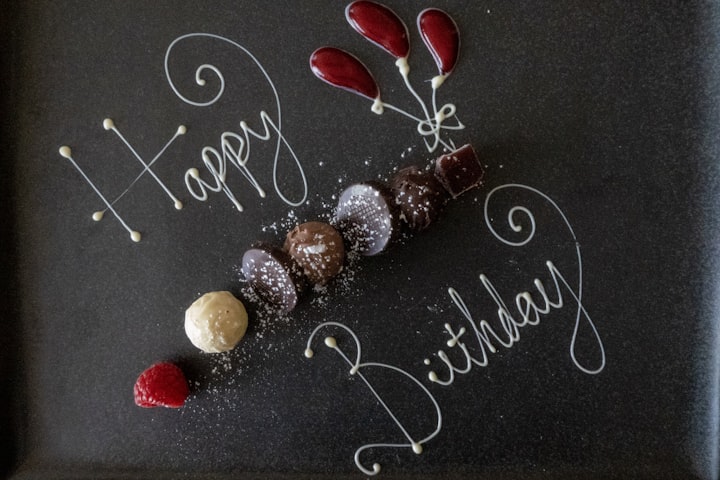
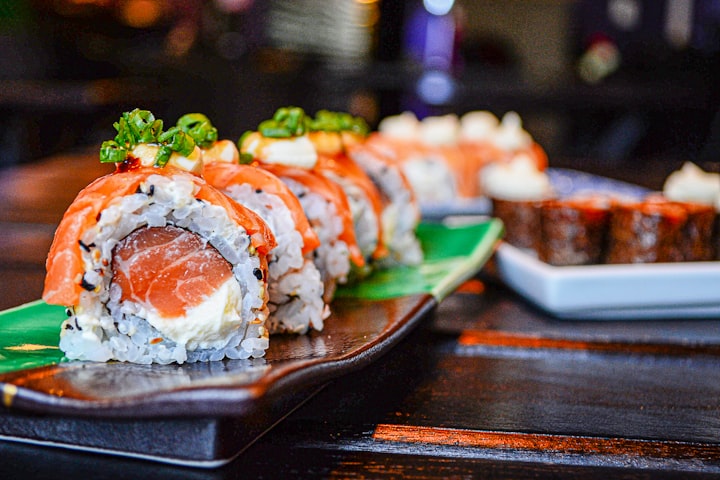

Comments (1)
nice!!!! chocolate most fav of all!! good write